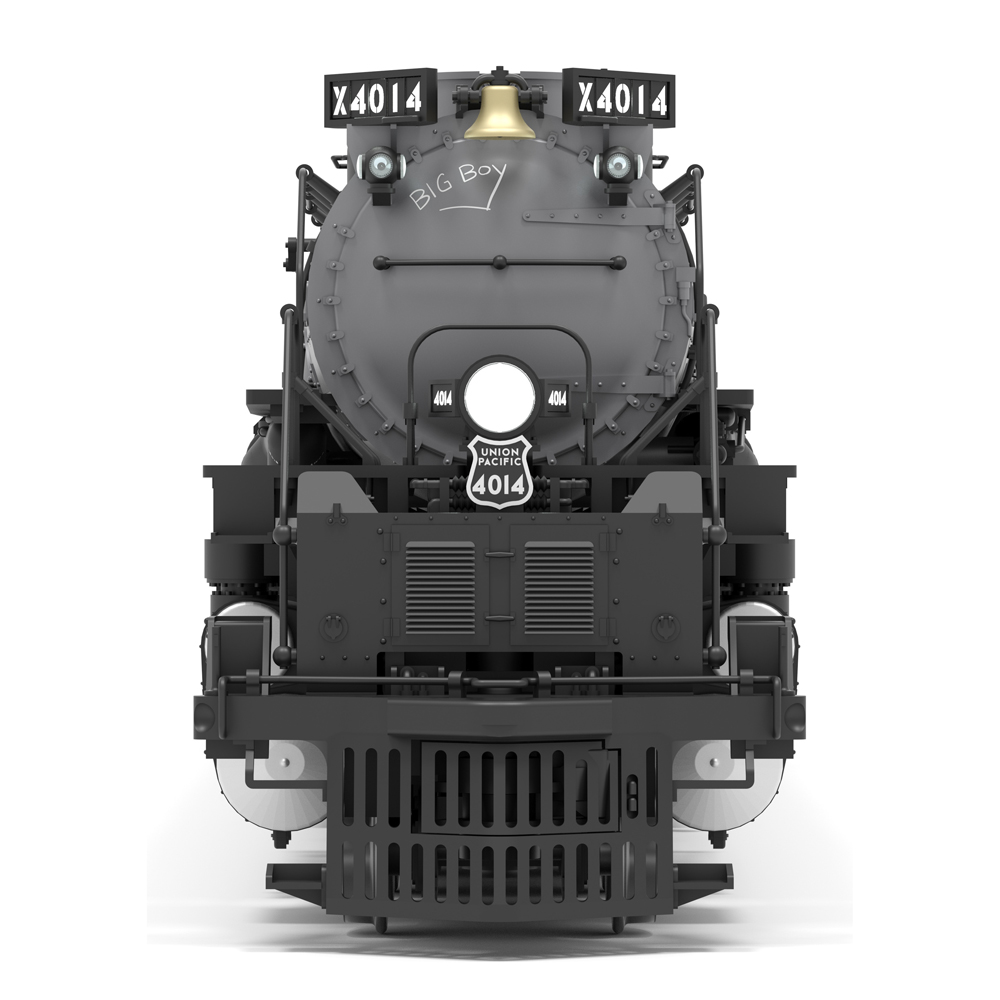
News & Products for the week of December 2nd 2024 Model railroad operators and builders can get the latest information about locomotives, freight cars, passenger cars, tools, track, and more by reading Model Railroader’s frequent product updates. The following are the products Model Railroader editors have news on for the week of December 2nd […]
Read More…
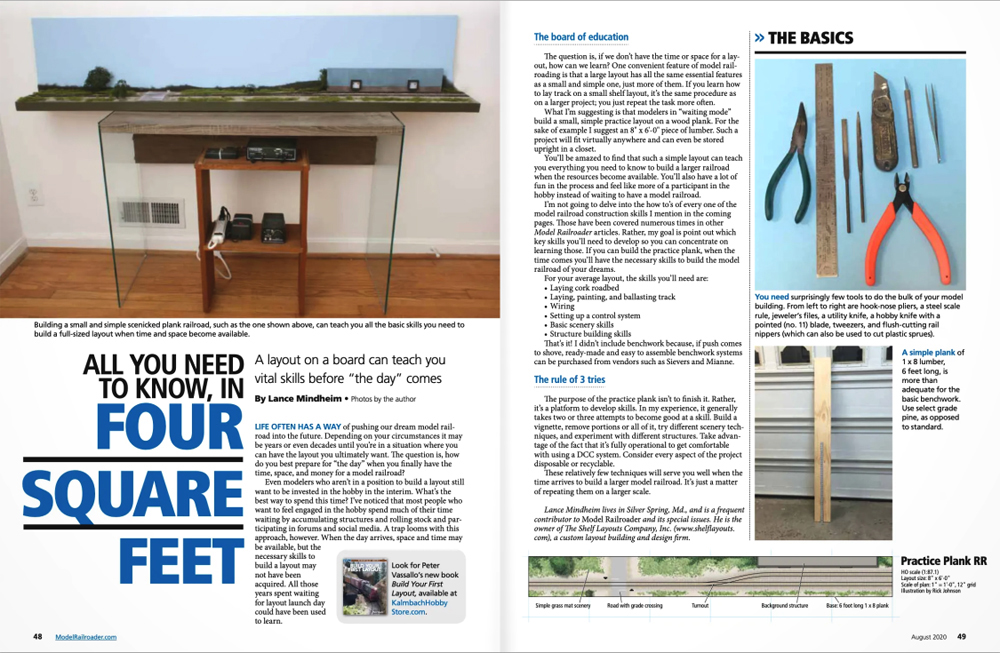
Q: I recall an article from a few years back that was about setting up a minimalist layout set on a bookshelf or board. It was intended as a quick and easy way to get started in the hobby, especially for those who don’t have a lot of space. I believe it used an NCE […]
Read More…
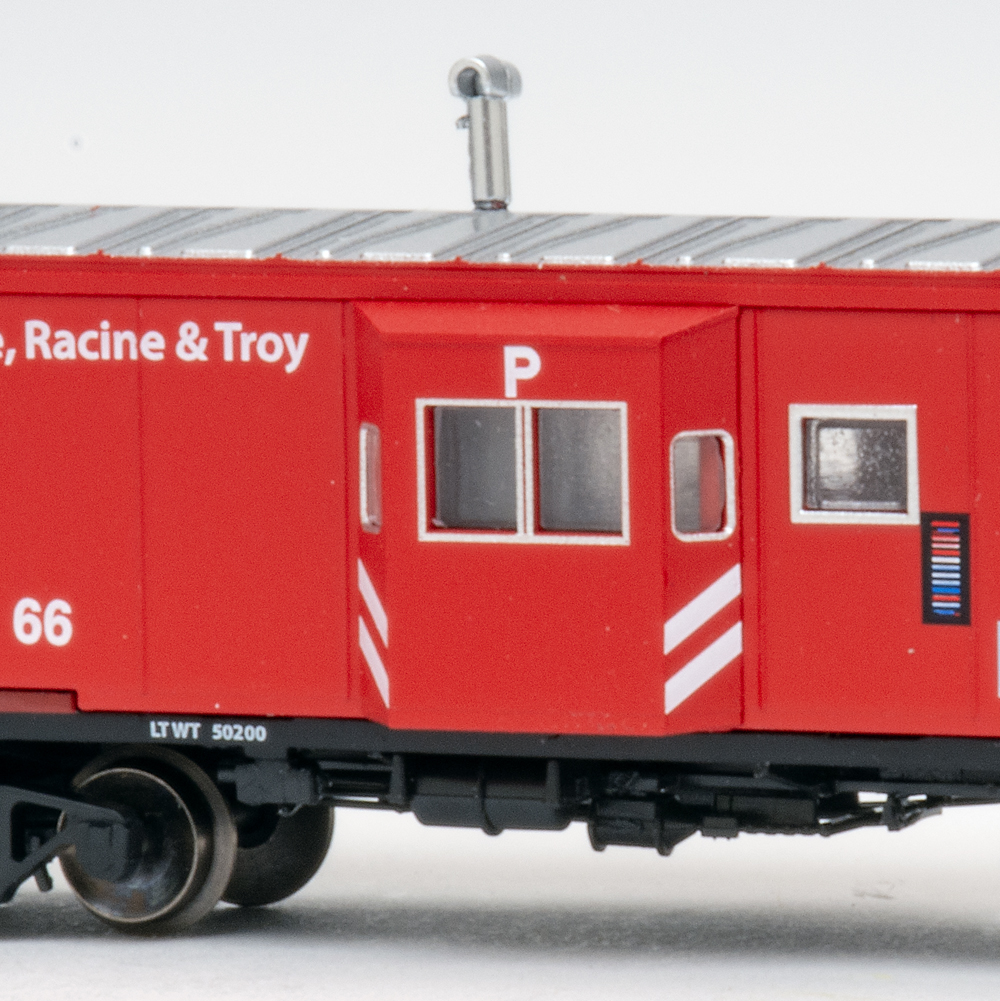
Q: I recently ordered one of the Milwaukee, Racine & Troy N scale bay-window cabooses from Shop.Trains.com. What does the “P” on top of the bay window stand for? — R. Anderson A: The “P” indicates it’s a pool caboose, one not assigned to an individual conductor or specific crew. Former Senior Editor Jim Hediger […]
Read More…
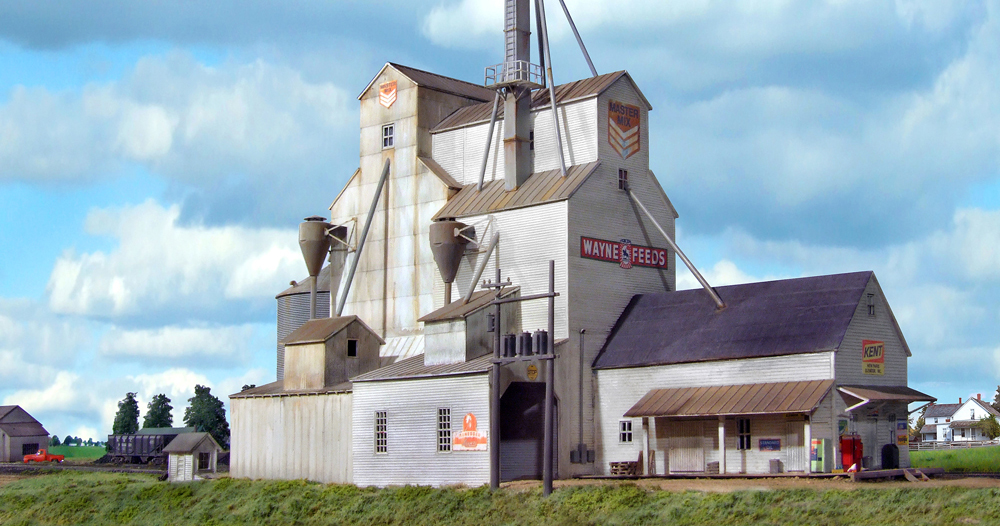
Last month we took a look at modeling urban scenery. This time around, we’ll step back from the big city and focus on rural scenery. I spent my formative years in the Red River Valley of the North, which was dotted with small towns up and down the Minnesota and North Dakota sides of the […]
Read More…
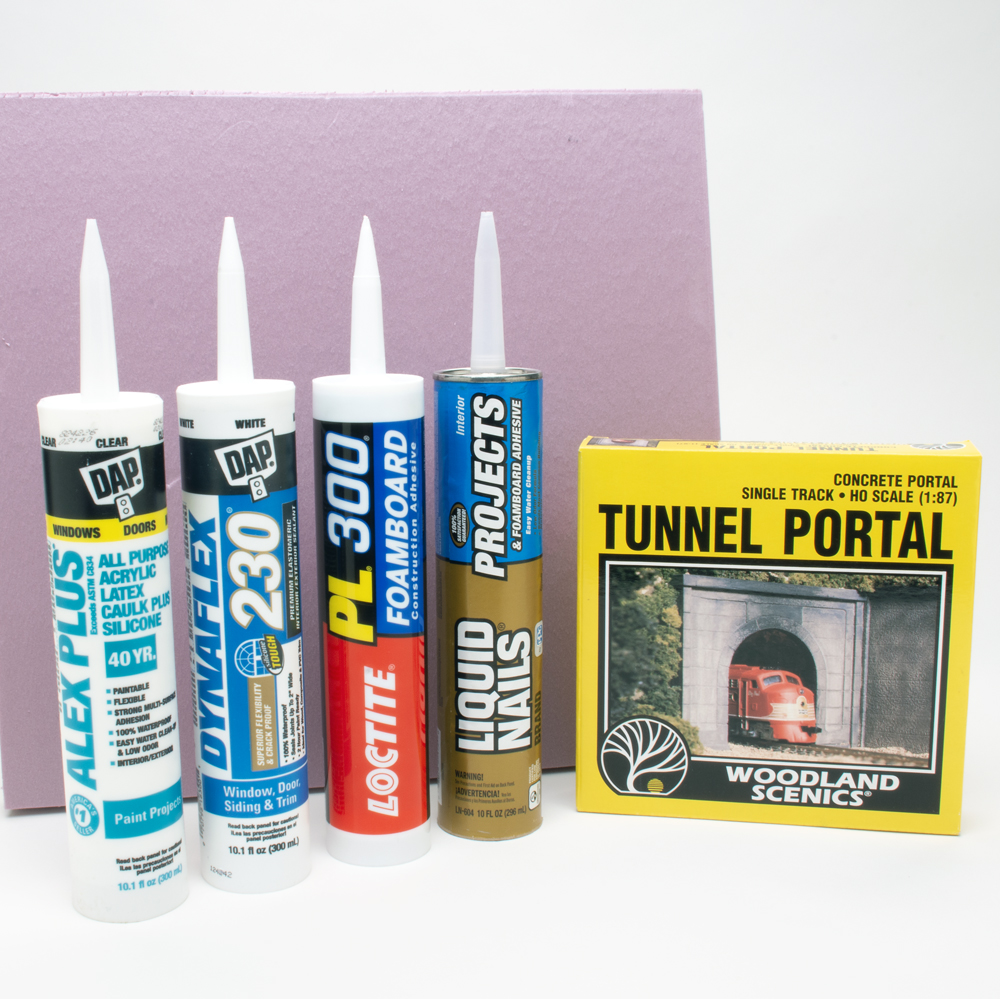
Q: I’m building a retaining wall using Woodland Scenics’ cut stone castings and want to attach them to extruded-foam insulation board. What is the best glue to use for this project? — Alan Cox A: The Woodland Scenics cut stone retaining walls are Hydrocal castings, so you’re going to want an adhesive that will work […]
Read More…
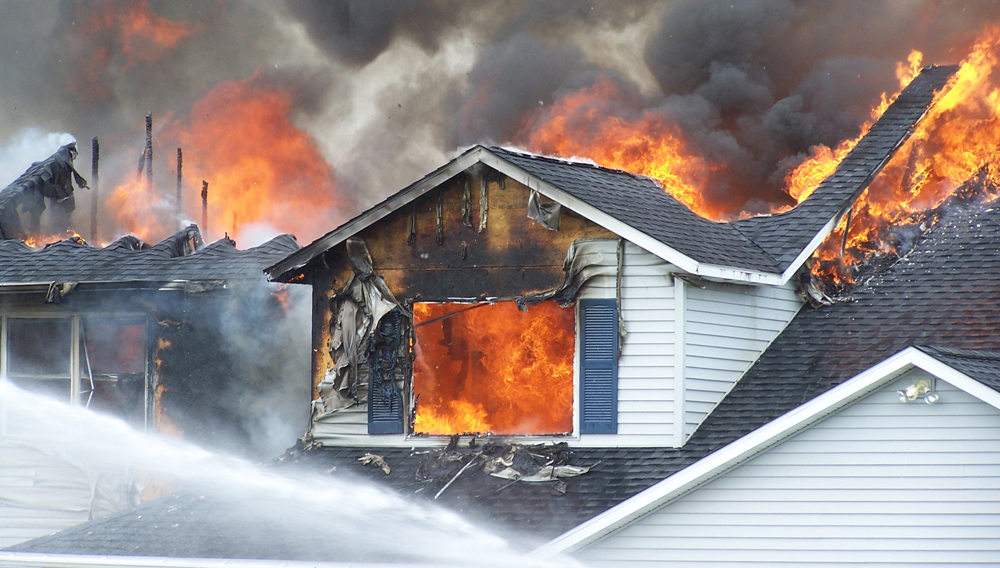
Though we consider model railroading a hobby, it’s also an investment. Consider the prices of model trains today. Depending on the scale, level of detail, and features, a ready-to-run freight car retails for anywhere from $20 to $150. Today’s injection-molded plastic steam and diesel locomotives are priced from $150 to $900. The numbers start to […]
Read More…
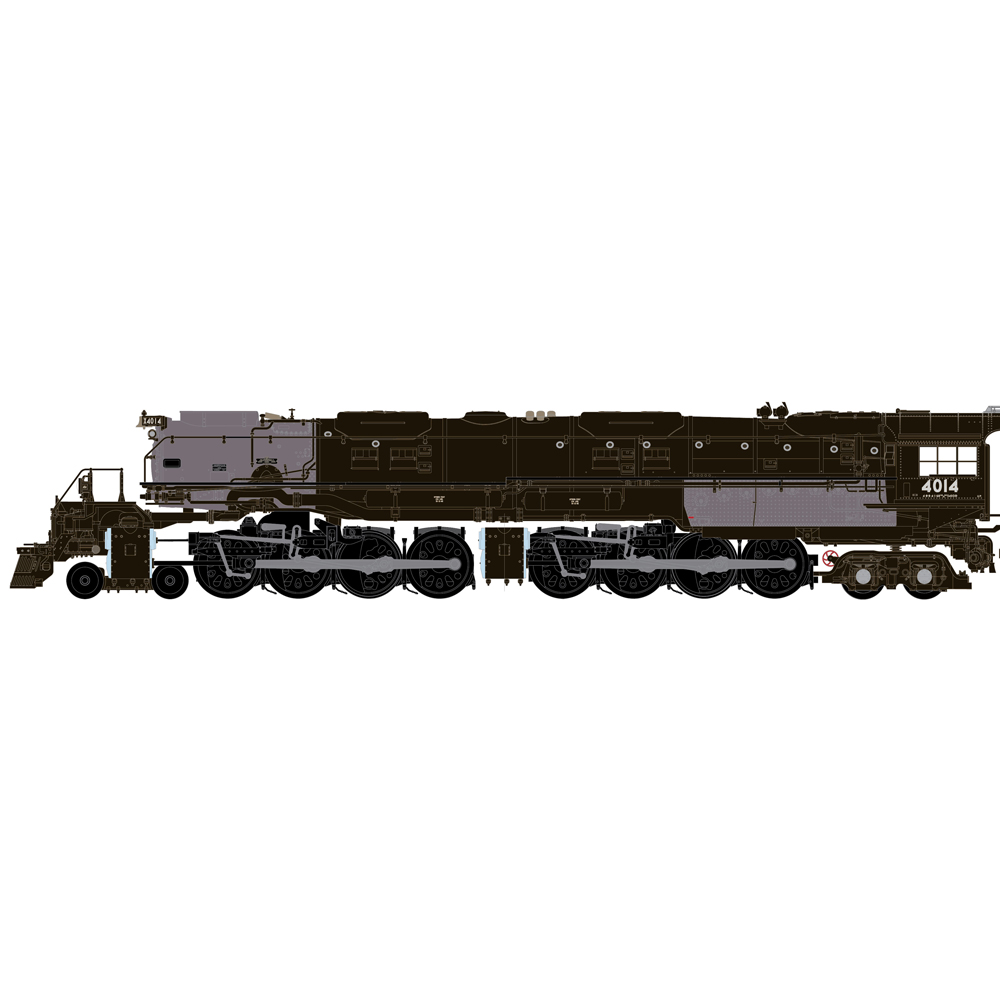
News & Products for the week of November 4th 2024 Model railroad operators and builders can get the latest information about locomotives, freight cars, passenger cars, tools, track, and more by reading Model Railroader’s frequent product updates. The following are the products Model Railroader editors have news on for the week of November 4th […]
Read More…
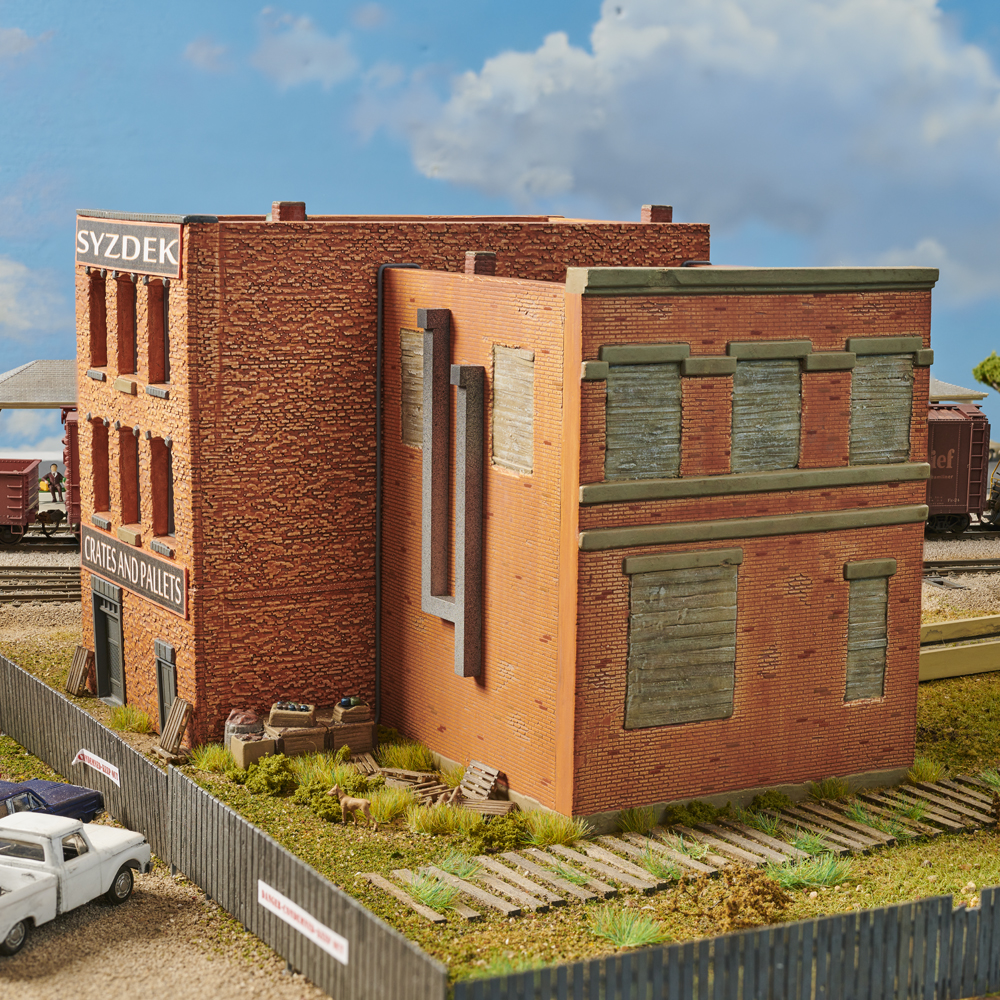
Q: What is recommended for attaching buildings and other structures to the substructure of a model railroad? — Byron Christmas A: There’s no one-size-fits-all way to attach a building to a model railroad. One of the most common methods for anchoring buildings to a layout is with white glue. The key attribute of white glue […]
Read More…
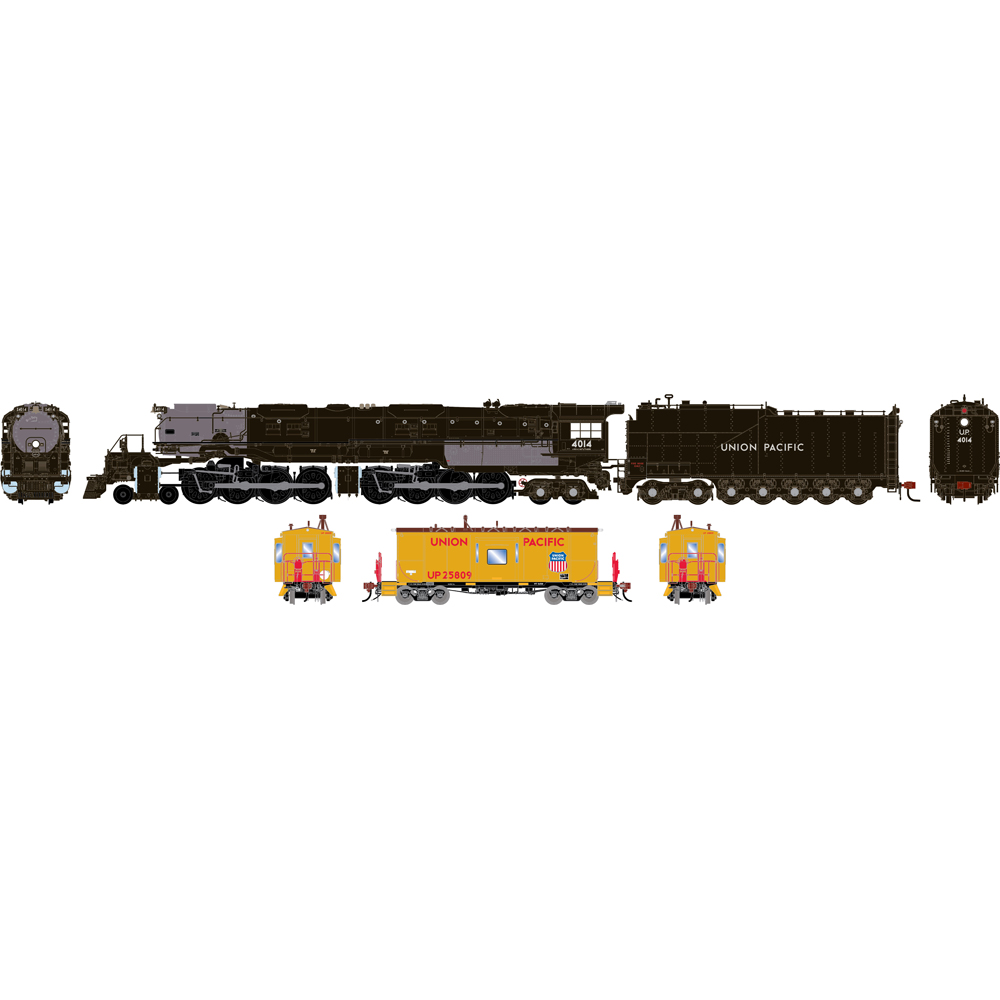
News & Products for the week of October 28th 2024 Model railroad operators and builders can get the latest information about locomotives, freight cars, passenger cars, tools, track, and more by reading Model Railroader’s frequent product updates. The following are the products Model Railroader editors have news on for the week of October 28th […]
Read More…
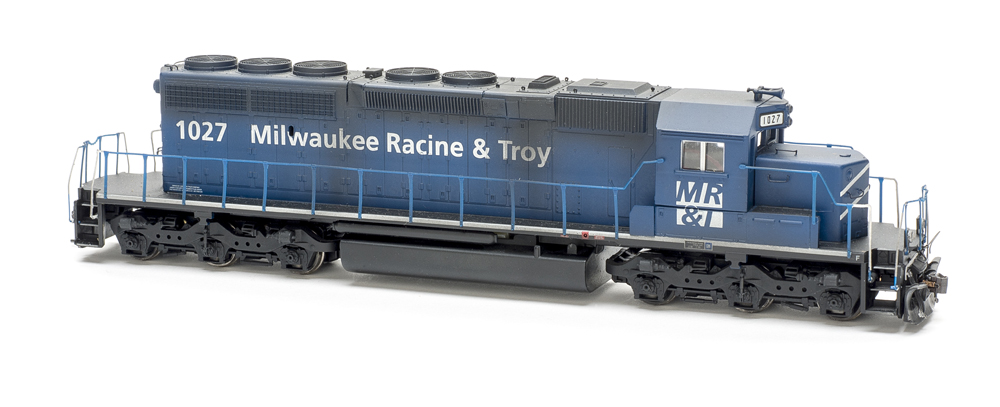
There are many reasons you might need to bring a locomotive back to life. Here are some tips for resurrecting unused locomotives. Disassembly The first thing you’ll need to do is to get inside the locomotive shell. Maybe you’re lucky enough to have an exploded-view diagram of your model. If not, you can check the […]
Read More…
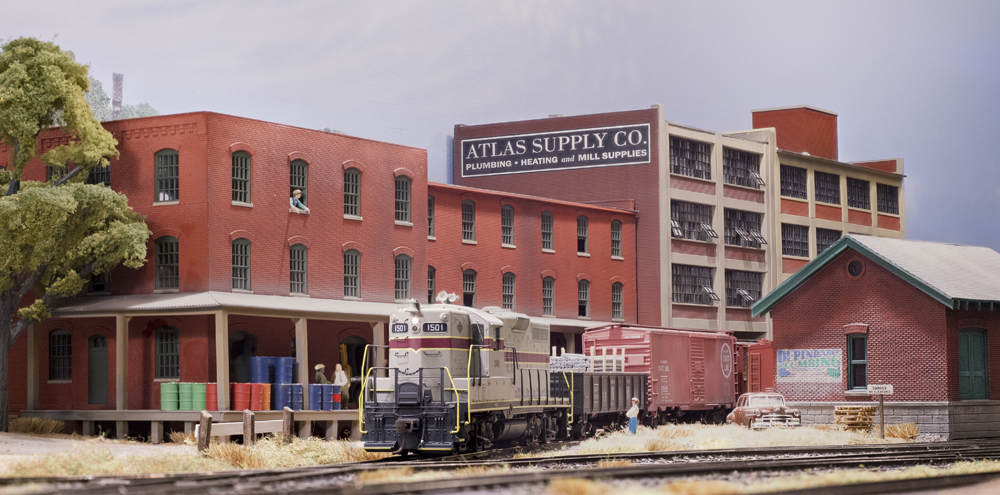
Contrary to popular belief, modeling an urban scene doesn’t require a bunch of space. Want proof? Check out the Winston-Salem Southbound, our 2018 project layout, shown in the photo above. The 2’-9” x 8’-2” HO scale shelf layout depicted the railroad’s Tar Branch in Winston-Salem, N.C. It featured more than a half-dozen rail-served industries, as […]
Read More…
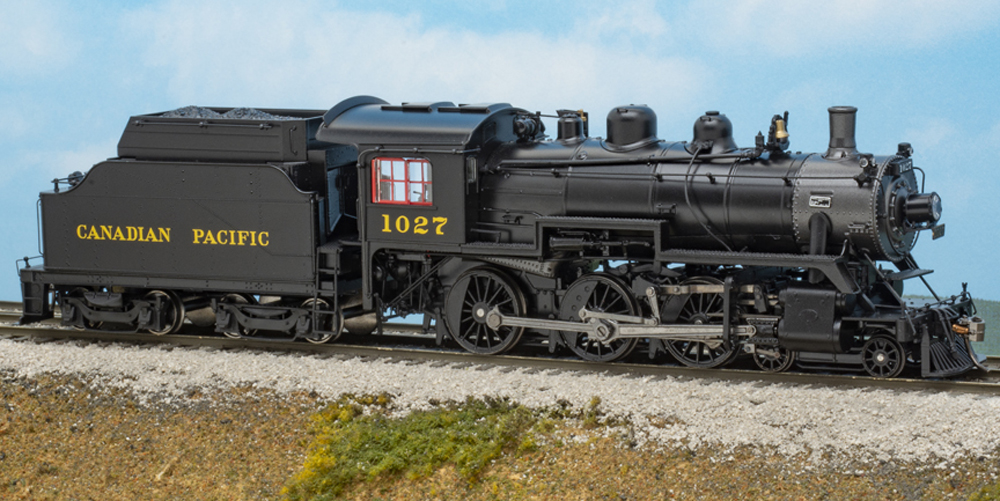
Q: Why are the flanges on model steam engine drive wheels so much larger than on the prototypes? Is it because the models don’t weigh very much? Or is it because they have to navigate tight curves? And do larger scales (like G scale and live-steam models) have flanges that are closer to the prototypes? […]
Read More…












